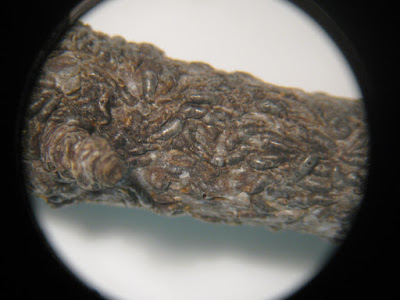The Norfolk Island Pine is commonly sold as a holiday plant. It is sometimes even used as a small indoor Christmas tree. Often the small trees are sold already decorated with little balls and tinsel.
Norfolk Island Pines are very formal looking plants. The branches are horizontal forming tiers of foliage around the branches at regular intervals along the stem. It has a graceful form with drooping branch tips.
Norfolk Island Pines (Araucaria heterophylla) are subtropical trees from the Norfolk Islands in the South Pacific. They grow quite large (200 feet tall) in tropical settings. In our cold climate, however, we grow them as houseplants that reach six feet tall by four feet wide. These elegant, tolerant conifers will thrive for many years in home conditions. They are quite easy to grow if a few guidelines are remembered.
A common complaint of this plant is needle drop. Needle drop can result from sudden dry air, drafts, or dry soil. Remember that these are tropical plants and therefore must be covered during transport from the store to your home. Place these plants where the tree will not be damaged by traffic, as broken branches do not grow back.
Give this plant plenty of light and the proper moisture. Steady, moderate light, not necessarily direct sun, is best. In low light, branches become long and droopy, and top growth slows. As with most houseplants, allow the soil to dry between watering. Overwatering can lead to loss of branches.
These plants can tolerate temperatures as low as 45 degrees F, but do best between 65- and 75-degrees F. A subtropical plant, such as this one, will not tolerate temperatures for long below 40 degrees F. without showing damage.
Norfolk Island pine is a long-lasting houseplant that grows slowly at only three to six inches annually, if you’re lucky. I have had mine since 1984. I got it at the University of Illinois Horticulture Club’s Mothers’ Weekend flower show when it was about 8 inches tall. My plant has moved with me many times and has not always had the “perfect” location. Today, it is about five-feet tall and sits in a corner of my living room. I love this plant!
Enjoy your Norfolk Island pine this holiday season or pick up a new one. With proper care it will be with you for years to come.
Originally Published in Canton Ledger Column on December 8, 2012










